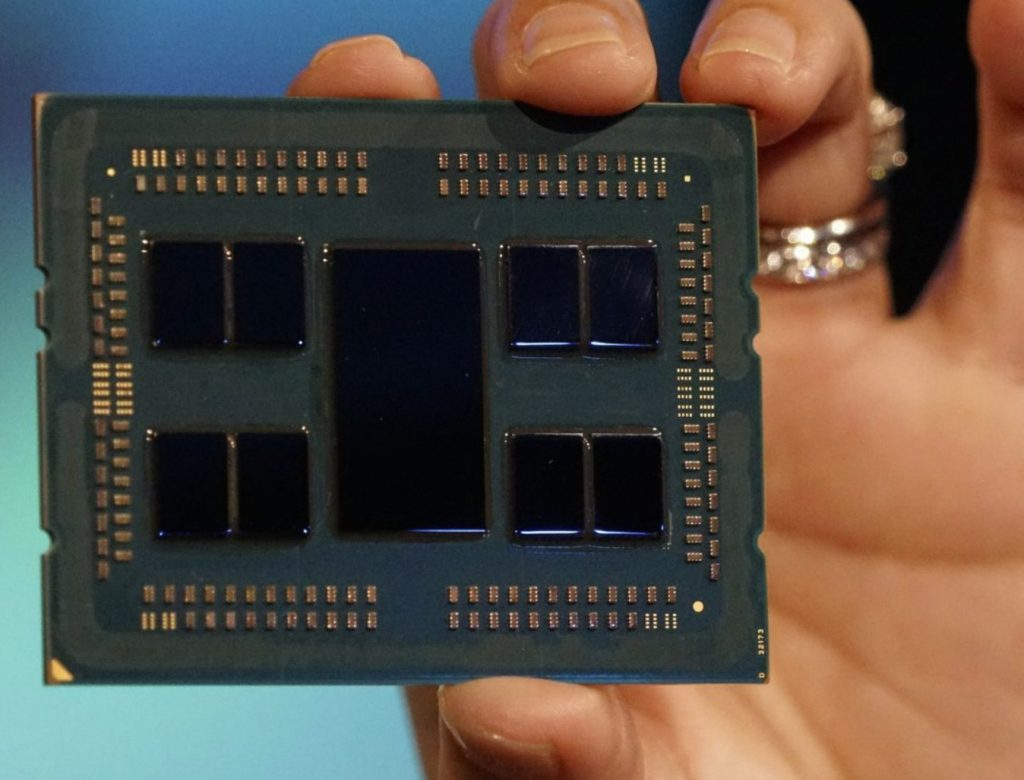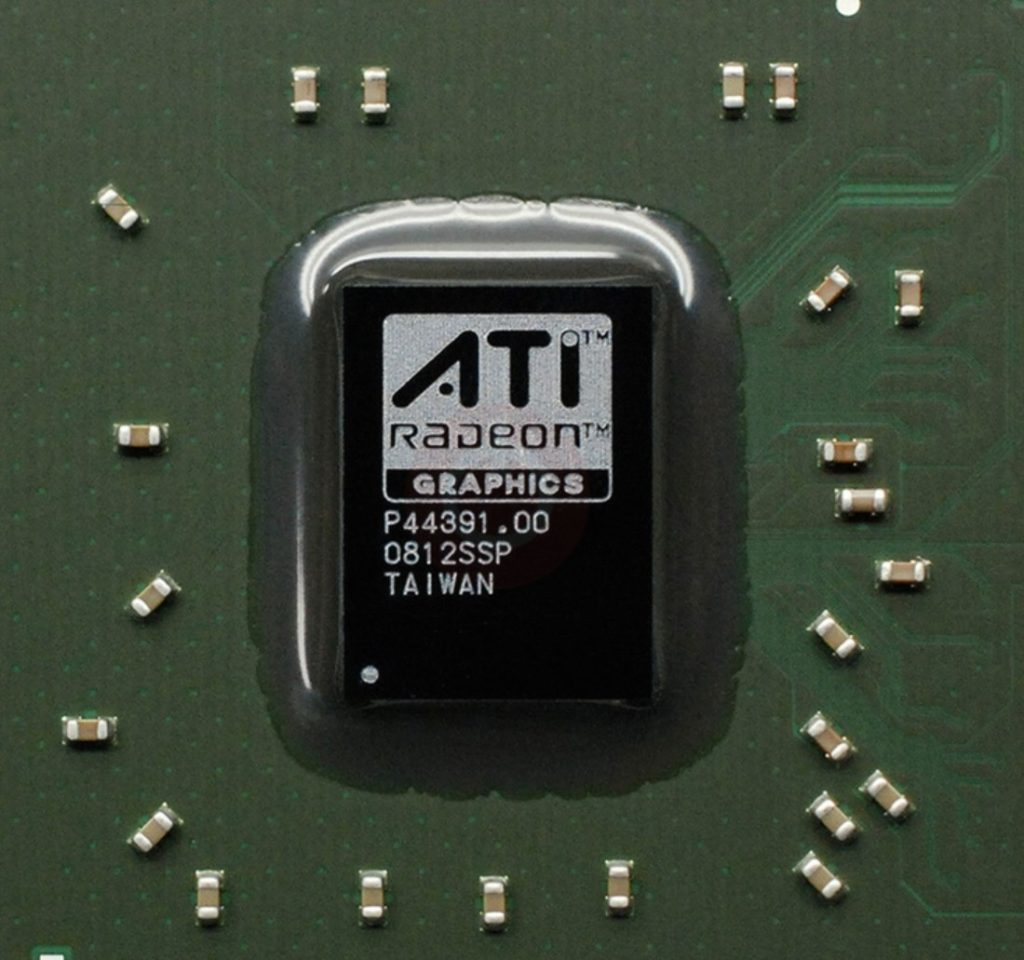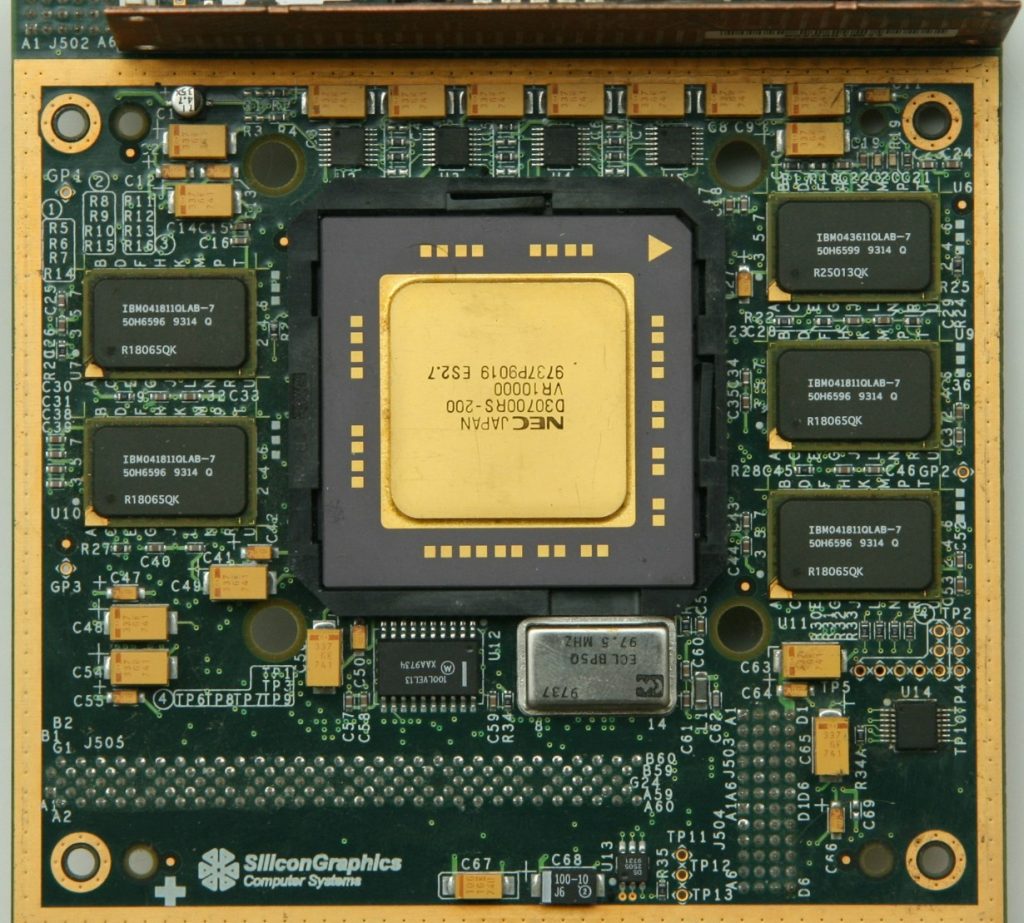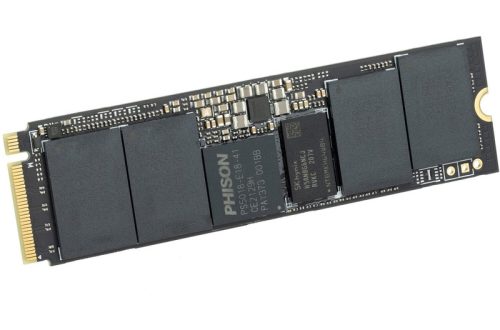The central processing unit (CPU) is the brain of your computer, responsible for executing instructions and calculations. Knowing your CPU type is crucial for understanding your computer’s capabilities and making informed decisions about upgrades or software compatibility. This guide provides a clear and concise approach to identifying your CPU on both Windows and Mac operating systems.
Part 1: Unveiling Your CPU on Windows 10 & 11

1. System Settings:
On Windows 10 or 11, a straightforward method to identify your CPU is by utilizing the built-in Settings app. To initiate this process, access the Start menu and click on the gear-shaped icon to open the Settings app. Subsequently, navigate to the “System” section and then select “About.” Within the “Device specifications” segment, locate and identify the line labeled “Processor.” This section will present pertinent details such as your CPU model name and its base clock speed, enabling you to quickly ascertain essential information about your processor without the need for third-party software or complex procedures. This method provides a convenient and hassle-free way to access critical information about your CPU directly from the operating system’s settings, offering users an efficient means to gather crucial hardware details for system monitoring, troubleshooting, or performance evaluation purposes. By leveraging the Settings app, users can swiftly and effortlessly identify their CPU on Windows 10 or 11, enhancing the overall user experience and system management capabilities.
2. Task Manager:
Another convenient method is using the Task Manager. Press Ctrl + Shift + Esc simultaneously to launch Task Manager. Click on the “Performance” tab (you might need to click “More details” first if it’s not expanded). Under the CPU section, you’ll see your CPU model name and its current clock speed. Additionally, Task Manager provides real-time CPU usage information.

Part 2: Exploring Your CPU on Windows (Alternative Methods)
1. System Information:
For more detailed information about your CPU, you can utilize the System Information tool. Press the Windows key and type “System Information” in the search bar. Select “System Information” from the search results to launch the tool. Under the “System Summary” section, locate the line labeled “Processor.” This will provide you with the CPU model name, manufacturer, and other technical details like number of cores and cache size.
2. Command Prompt:
For those with a more tech-savvy inclination, employing the Command Prompt provides a method to retrieve CPU information on Windows. Commence by pressing the Windows key and typing “cmd” in the search bar. Then right-click on “Command Prompt” and select “Run as administrator” to access elevated privileges. In the Command Prompt window, input the command “wmic cpu get name” and press Enter. This prompts the system to retrieve and display the CPU model name. This approach offers a more hands-on and technical means to obtain specific hardware details. It grants users insight into their CPU without the need for graphical user interfaces or additional software. By leveraging the Command Prompt, users can exercise greater control over the retrieval of CPU information. This provides a method suitable for those comfortable with command-line operations and seeking a direct, text-based approach to accessing hardware specifications. This method offers a versatile and efficient means of obtaining CPU details, aligning with the preferences and expertise of more technically inclined users.

Part 3: Identifying Your CPU on macOS
1. About This Mac:
Identifying your CPU on a Mac system is a simple and direct process. To do so, start by clicking on the Apple logo located in the top left corner of your screen. From the dropdown menu, select “About This Mac.” In the overview window that appears, you will find a section labeled “Processor.” This section provides essential information about your CPU, including its type (e.g., Intel Core i5) and its base clock speed. This straightforward method allows Mac users to swiftly access crucial details about their CPU without the need for third-party software or complex navigation. By following these steps, users can quickly ascertain key information about their processor, supporting various tasks such as system monitoring, performance assessments, and software compatibility checks. The “About This Mac” feature offers an intuitive and user-friendly approach to identifying hardware components, empowering users with important insights into their system’s specifications and capabilities.
2. System Report:
For a more comprehensive view of your CPU specifications, you can utilize the System Report. Click on the Apple logo and select “About This Mac.” Click on the “System Report” button. In the left-hand pane, navigate to “Hardware” and then select “Processor.” This section provides detailed information about your CPU, including model name, manufacturer, number of cores, cache size, and bus speed.

Part 4: Additional Tips for CPU Identification
1. Third-Party Software:
There are numerous third-party system information tools available that can provide comprehensive information about your CPU, including its model, specifications, and performance metrics. These tools often come with additional features such as system monitoring and performance benchmarking, enabling users to gather detailed insights into their computer’s hardware and overall performance. Despite the benefits of these tools, it is crucial to exercise caution when downloading software from the internet. It is recommended to obtain such applications from reputable and trusted sources. This helps to mitigate potential security risks associated with malware and malicious software. By ensuring that the system information tool is obtained from a reliable source, users can safely and confidently access essential CPU details. They can also leverage additional functionalities to monitor and optimize their system’s performance. Prioritizing security and sourcing software from reputable providers is essential. This is for safeguarding against potential threats and ensuring a seamless and secure user experience.
2. Consulting Your Computer Manual:

If you encounter difficulty identifying your CPU through other means, turning to your computer’s manual or visiting the manufacturer’s website can be highly beneficial. These resources typically offer comprehensive details and specifications about your specific computer model, including information about the CPU type and other hardware components. The manual may contain a detailed breakdown of the hardware components, while the manufacturer’s website often provides support resources such as product specifications, guides, and frequently asked questions. Additionally, the website may have tools or utilities specific to your computer model that can provide insightful information regarding the CPU. By consulting these official resources, users can obtain accurate and reliable details about their CPU, ensuring that they have the necessary information to support upgrades, troubleshooting, or performance optimizations. Relying on these official sources can streamline the process of identifying specific hardware components, facilitating informed decision-making and effective management of the computer system.
By following these simple steps, you can easily identify your computer’s CPU and gain valuable insights into your system’s capabilities. This knowledge can empower you to make informed decisions regarding software compatibility, potential upgrades, and overall system optimization.




